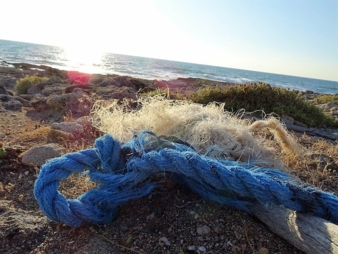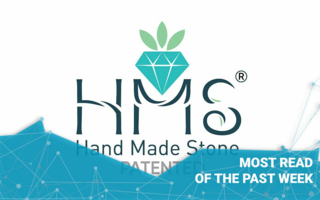10/08/2017 – IGF – Springboard for innovation — auf Deutsch lesen
IGF: Pre-competitive opportunities
Do you have an idea what the abbreviation IGF means? That Industrial Collective Research is providing innovative stimuli for developments!
IGF – innovative SMEs have been benefiting from this resource, unique in Europe, for decades. Experts agree that it was with the aid of, or even directly because of, this programme from the Federal Ministry of Economy that the textile industry, as one of the most avid users of the resource on offer, achieved the paradigm shift to future-proof technical textiles. The range of topics extends from textile-based sensors for monitoring composites and fixings for textile reinforcements to antimicrobial textile products and the evidence-based selection of materials and structures for long-term development of products for vehicle interiors.
This will not be an easy path...
It often takes six, eight or even twelve years, however, before application-orientated theoretical results produced by the 15 textile institutes are turned into marketable innovations. The reason for this is that an industry interested in a particular finding still has to invest its own expertise, as well as time and money (perhaps through follow-on funding instruments such as the Central Innovation Programme for SMEs, known in Germany as ZIM), in order to convert new research solutions into practical products and technologies. New sales opportunities rich in competitive advantage beckon, however, for those who decide to follow this path, as the example of carbon-reinforced concrete shows.
The textile industry has long been one of the main users of the IGF programme. At present 120 projects are in progress and several dozen are added every year. As the IGF-coordinating textile research association, the Research Advisory Board (Forschungskuratorium or FKT) has a password-protected key available for textile companies and associations. This opens the door to a treasure-chest of knowledge with a high degree of practical relevance: the data records from research reports over the last two decades. Alongside IGF topics and research findings funded by the Federal Ministry of Education and Research (BMBF), these are primarily ZIM projects and studies funded by individual German states, as well as by the German Research Council (DFG) and the EU – a total of 3200 projects and 4500 abstracts. And yet very few textile companies have ever made use of them, says FKT Director Dr Klaus Jansen when asked. In his opinion, the database available to members is a goldmine for product developers. All that’s missing are the miners...
Please read the complete article by Hans-Werner Oertel in our printed issue textile-network 9-10 (is appearing on 22th August 2017)




